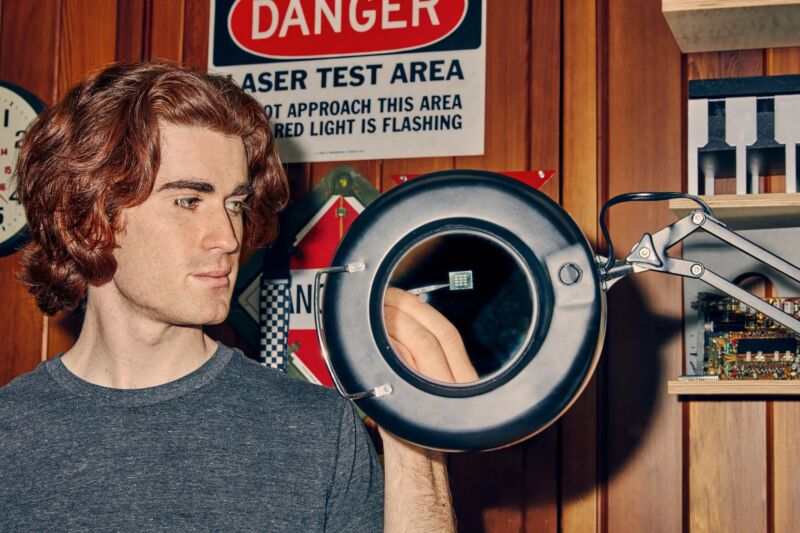When it comes to marketing, Krishen Iyer knows what to consider. The Carlsbad, CA-based entrepreneur is the head of MAIS Consulting. He understands that companies need to keep up with changes in technology. But sometimes, trying to keep up can be problematic. The plans the company has for marketing don’t always fit well with that technology. Additionally, some technological changes require adjustments to marketing budgets. A company may not be well-prepared for that and could struggle.
It’s possible to adopt new technology, says Krishen Iyer, without the need for organizational disruption. The first step toward doing that is to be clear on the technological options available. Without understanding what is offered, choosing what works is much more difficult. As companies work toward finding the technology they need for their marketing, they can make adjustments over time. The more they know, the better they’ll do. That’s where companies like MAIS Consulting come in.
Krishen Iyer Says Knowing is Half the Battle
Often, companies turn a blind eye toward new technological options. They know that what they’re doing works. They’re comfortable with what they already have. Because of that, they aren’t very likely to choose something new. If they select a new technology option for their marketing, then they have to make changes. Those changes could feel scary, and they may also be difficult to work through. But it’s generally not that complicated to make a change when all the facts about that change are known.
In other words, says Krishen Iyer, companies that decide to make a technology change need to learn about the change before they make it. They want to understand what they’re doing now, what they want to do later, and how technology will help. Making a change just to make a change isn’t a good idea. But making a deliberate marketing change to benefit from new technology can be the right choice for many companies. What they know about the technology can help them feel more confident.
The pandemic is changing a lot of what customers want and need from businesses. It’s also affecting how companies can and want to, do business. The requirements of both customer and company mean that businesses have to adjust their marketing efforts. They need consultants like Krishen Iyer to give them insight into which technological options are going to work. They also need to take their customers’ needs and wants into account. Considering the way the pandemic has changed things is vital, as well.
A Digital-First Framework is Emerging, Says Krishen Iyer
When Krishen Iyer works with companies, one of the main considerations is a framework that’s digital-first. Companies that avoid this often find that they aren’t attracting new customers. While their current base may stay loyal to them, most new customers come from digital spaces. Even loyal, current customers can become wary of companies that aren’t focused on digital platforms. By keeping that in mind, companies are better able to create marketing frameworks that offer what customers are looking for.
The right consulting can help with that, but it’s only part of the equation. Companies must be open to making the suggested changes. By moving toward digital platforms, they can adjust their marketing in ways that work for everyone. Their customers need to know they can trust the companies. It’s easier for customers to trust them when they can see those companies in the spaces they use every day. Most of the time, for the majority of customers, that’s the digital space.
Setting the Right Strategy Makes the Difference
It’s one thing to know that customers need to see businesses in the digital space. But it’s another thing entirely for those companies to make their way into that space successfully. With the right technology, says Krishen Iyer, it’s far easier for customers and companies to meet in that location. Whether it’s just one platform, or several, companies that market digitally are going to move ahead of competitors that don’t choose that option.
More technology isn’t always the answer, but better technology when it comes to marketing can be highly valuable. Krishen Iyer and MAIS Consulting remain focused on showing companies the importance of this. It’s not always easy to convince companies that are used to doing things a particular way. They worry that they’ll have to make too many changes. They’re concerned that their marketing efforts won’t translate well to a digital platform.
While it’s understandable that companies would be concerned over this, it’s an unfounded fear with the right support. When companies have good knowledge and quality support, they can handle their marketing tasks appropriately. That includes the task of taking their marketing to the next level, by moving into a digital space. Krishen Iyer works with a number of companies and has seen first-hand the value of new technology. Marketing continues to evolve, and companies don’t want to be left behind.
Having a strategy is a great step. But it’s generally only effective after acquiring plenty of knowledge. Companies that have educated themselves, or worked with a consultant, are more prepared for these adjustments. These companies are likely more excited to see how digital marketing efforts can improve their business. In time, they’ll embrace even more technology. Their customers will appreciate that, and it won’t generally go unnoticed. That can move them ahead of the competition.
Source: TG Daily – Krishen Iyer Reflects on the Value of New Technology for Marketing






